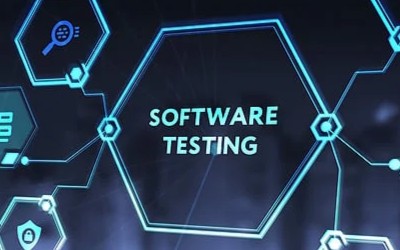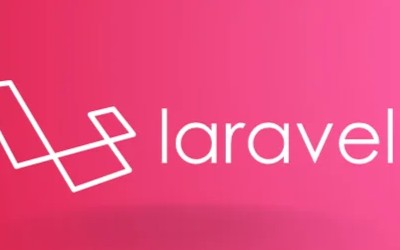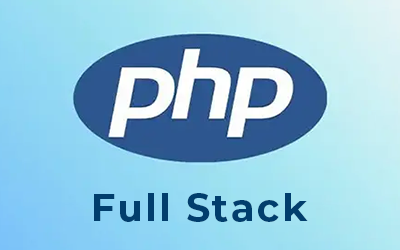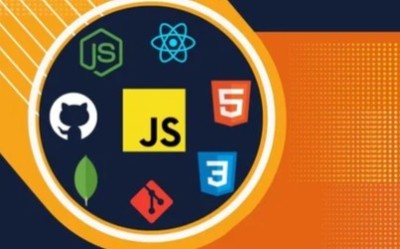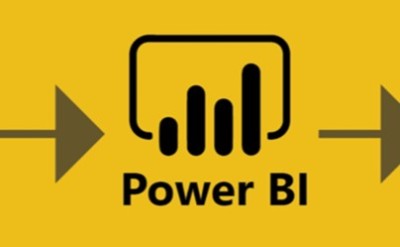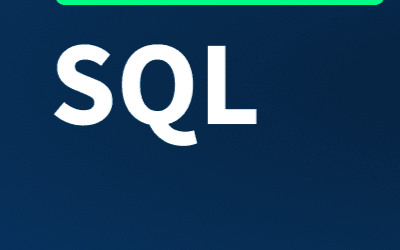Highlights:- Introduction to Blockchain: Learn the core concepts of blockchain, its structure, and howit works. - Smart Contract Development: Learn to write, test, and deploy smart contracts on Ethere...
Highlights:
- Introduction to Blockchain: Learn the core concepts of blockchain, its structure, and howit works. - Smart Contract Development: Learn to write, test, and deploy smart contracts on Ethereumandother blockchains. - Ethereum and Solidity: Gain expertise in Ethereum blockchain and Solidity programming for
building decentralized applications (dApps). - Cryptocurrency Basics: Understand the principles of cryptocurrencies and how they interact withblockchain technology. - Blockchain Platforms: Explore popular blockchain platforms, including Ethereum, Hyperledger, andBinance Smart Chain. - Distributed Ledger Technology (DLT): Learn about consensus mechanisms, decentralization, andthebenefits of DLT. - Blockchain Security: Understand the security principles of blockchain, including cryptographic
hashing, encryption, and protecting smart contracts from vulnerabilities. - Building Blockchain Applications: Hands-on experience building and deploying blockchain-basedsolutions.
Course Objective:
By the end of this course, you will be able to: - Understand and explain the core concepts and components of blockchain technology.
- Develop, deploy, and test smart contracts using Solidity on the Ethereum blockchain. - Build decentralized applications (dApps) and integrate them with blockchain networks. - Explore and work with multiple blockchain platforms like Ethereum and Hyperledger. - Implement cryptocurrency concepts, including wallets, transactions, and tokens. - Understand the importance of security in blockchain and implement best practices for protectingblockchain-based applications.
Course Structure:
1. Introduction to Blockchain Technology
- What is Blockchain? Key concepts and components (blocks, nodes, transactions). - Understanding Decentralization and Distributed Ledger Technology (DLT). - How Blockchain works: Consensus mechanisms, cryptographic hashing, and transaction validation. - Blockchain types: Public, Private, and Consortium Blockchains. - Real-world applications of blockchain technology: Finance, Supply Chain, Healthcare, and more.
2. Blockchain Architecture and Components
- Blockchain structure: Blocks, chains, and transaction records. - Introduction to mining and consensus algorithms: Proof of Work (PoW), Proof of Stake (PoS), andDelegated Proof of Stake (DPoS). - Peer-to-peer (P2P) networks and their role in blockchain communication. - Understanding nodes and miners in blockchain networks. - Public vs. Private Blockchains: Use cases and distinctions.
3. Introduction to Ethereum and Smart Contracts
- Overview of Ethereum: A decentralized platform for building blockchain applications.
- Ethereum vs. Bitcoin: Key differences and advantages. - Understanding smart contracts: What they are and how they work. - Solidity: The programming language for developing smart contracts. - Setting up the development environment: Installing and configuring tools like Truffle and Ganache. - Writing, deploying, and testing smart contracts on the Ethereum blockchain
4. Solidity Programming Language
- Introduction to Solidity syntax and structure. - Variables, functions, and data types in Solidity. - Control structures: if/else, loops, and error handling. - Modifiers, events, and mappings in Solidity. - Writing ERC-20 and ERC-721 token contracts. - Interacting with contracts using web3.js and ethers.js. - Debugging Solidity contracts using Remix IDE.
5. Building Decentralized Applications (dApps) - Introduction to dApps: Decentralized applications on blockchain. - Components of a dApp: Frontend, smart contract, and blockchain network. - Setting up a front-end for your dApp using JavaScript, React, or Vue.js. - Using web3.js or ethers.js to interact with smart contracts. - Creating wallets and handling private keys for secure transactions. - Testing and deploying dApps on the Ethereum network. - Integrating IPFS (InterPlanetary File System) for decentralized file storage.
6. Blockchain Security
- Understanding the role of cryptographic hashing in blockchain security. - Best practices for securing smart contracts and blockchain applications. - Common vulnerabilities in smart contracts: Reentrancy attacks, overflow/underflow, and gas
optimization. - Securing private keys and handling wallets safely. - Implementing multi-signature wallets and decentralized identity systems. - Security tools for blockchain development: MythX, Slither, and other auditing tools
7. Advanced Blockchain Concepts
- Understanding consensus algorithms in depth: Proof of Work, Proof of Stake, and more. - Privacy in blockchain: Zero-Knowledge Proofs, confidential transactions, and privacy coins. - Blockchain scalability: Sharding, Layer 2 solutions, and state channels. - Interoperability between blockchains: Cross-chain communication and protocols. - Exploring Hyperledger: A framework for permissioned blockchain networks. - Introduction to NFTs (Non-Fungible Tokens): How to create and trade digital assets. - Exploring the role of oracles in smart contracts and decentralized finance (DeFi).
8. Blockchain Platforms and Tools
- Exploring other blockchain platforms: Hyperledger, Binance Smart Chain (BSC), and Polkadot. - Introduction to decentralized finance (DeFi) and how blockchain is transforming finance. - Using blockchain explorers for transaction monitoring and analysis. - Understanding Layer 2 solutions like Optimistic Rollups and zk-Snarks. - Using tools like Hardhat, Truffle, and Ganache for development, testing, and deployment. - Overview of Blockchain as a Service (BaaS) platforms like AWS and Azure Blockchain Service.
9. Capstone Project: Developing a Blockchain Application
- Building a real-world blockchain application: From smart contract development to frontendimplementation. - Deploying the blockchain solution to a test network (e.g., Rinkeby, Ropsten). - Integrating your dApp with a decentralized storage solution like IPFS. - Implementing advanced features like tokenomics, DeFi protocols, or NFT integration. - Testing and debugging the blockchain application. - Presenting your final project: Demonstrating the flow of data and the functionalities of your
blockchain solution.
Learning Methodology:
- Interactive Lessons: Engage in hands-on tutorials, coding exercises, and practical case studies tounderstand blockchain concepts. - Practical Projects: Build real-world applications such as decentralized finance (DeFi) platforms, NFTmarketplaces, and more. - Assessments and Quizzes: Reinforce learning through quizzes, assignments, and project
assessments. - Live Sessions: Participate in live Q&A sessions, coding challenges, and troubleshooting with
instructors. - Discussion Forums: Collaborate with peers, ask questions, and discuss solutions in dedicatedforums
Who Should Enroll:
- Beginners: Individuals who want to learn about blockchain technology and smart contract
development from scratch. - Developers: Developers looking to expand their skills by learning how to create blockchain-basedapplications. - Entrepreneurs: Entrepreneurs interested in integrating blockchain into their products or services. - Blockchain Enthusiasts: People who are curious about decentralized systems and the future of
blockchain technology.
- Students: Students in computer science, software engineering, or related fields who want todivedeep into blockchain development. - Security Professionals: Security experts who wish to understand and mitigate blockchain
vulnerabilities
This Blockchain Development course will provide you with a deep understanding of blockchaintechnology and empower you to develop and deploy blockchain applications. Whether you're
looking to start your journey into blockchain development, enhance your skills, or work on real-worlddecentralized applications, this course will give you the tools and knowledge to succeed in the rapidlyevolving field of blockchain technology.

